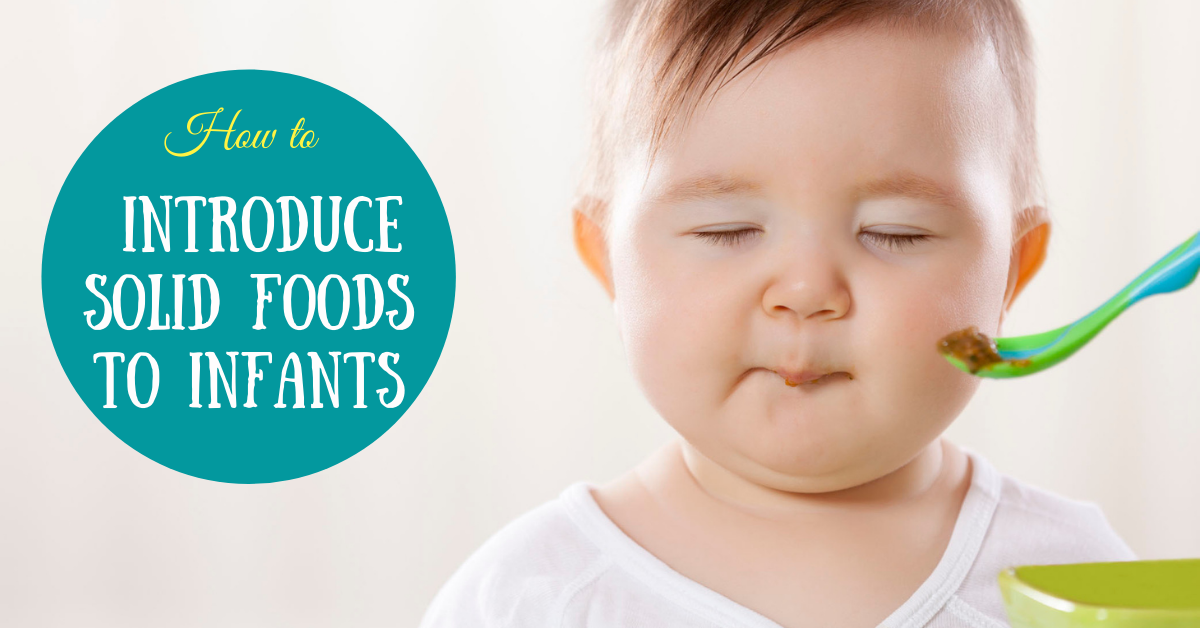Transitioning to solid food is a big milestone and is also celebrated in some communities as “Annaprashana” ceremony. By the age of 6 months most babies are ready to take solid feed in addition to milk. During this time they are able to push the food from tongue to back of the mouth and the reflex to push foods out of mouth which newborns have is gone.
How to know if my child is ready for solid foods?
Each child is different and so instead of watching the calendar, it’s good to look for these signs to decide the readiness of your baby for solids:
-Your child can sit with little or no support
-Your child has good head control
-Your child shows interest in food and opens his or her mouth and leans forward when food is offered
What foods to start with?
6-8 months
Start Simple:
Start with single ingredient food like rice, runny moong daal, fortified cereal and give the same food for 3-4 days before introducing the nest food item. This helps identify if the baby is allergic to any particular food item.
Vegetable & Fruit Purees:
Add vegetable and fruit purees to your baby’s diet after a few weeks. You can puree banana, steamed carrots, steamed apple.
Fortified Cereals:
By the age of 9 months the iron reserves drop drastically in baby and hence it’s a good idea to add Iron fortified cereal to baby’s diet.
Add variety:
Offer a variety of foods as this time is more about exploring food than getting actual nutrition from it. Milk is still the staple diet for babies till 1 year of age. Don’t worry if your baby rejects some food item first, try it again after a few days. Offer the item 3-4 times before marking it as ‘rejected’ by the baby.
Don’t force feed:
Don’t try to force the baby to eat if he shakes his head or refuses to open his mouth. Try the same food again after a few days.
8-12 months
Introducing Finger Foods:
Many babies like to self-feed and are ready to start with finger foods by the age of 8 months. Ensure that the food is soft enough to be mashed easily with finger. You can cut the shape into long fingers which is easy to grasp. Don’t give round or cylindrical shape as it poses the risk of choking.
Iron rich foods:
You can introduce pureed chicken, spinach mixed with sweet-potato or mashed potato. You can try a combination of foods and different textures. So instead of purees now baby can eat roughly mashed foods.
Foods to avoid:
Babies below 1 year of age should not be given Cow’s milk or honey. Honey can cause a serious illness, Botulism in infants. Small amount of Cow’s milk can be used in cooking or baking but the primary beverage should be formula or breastmilk.
For more resources on infants and toddlers visit our Learning Lab at www.proeves.com/learninglab.php

